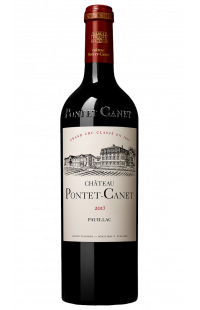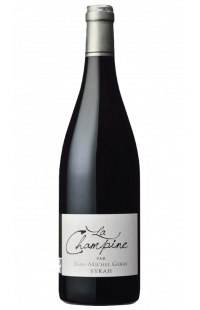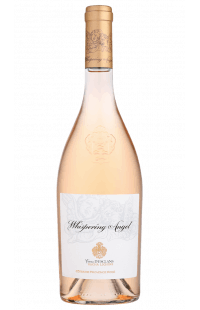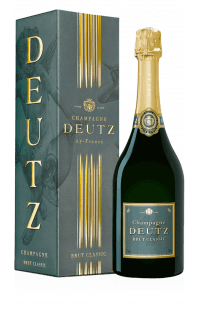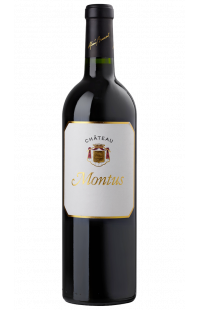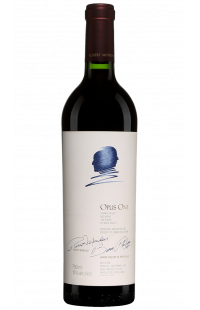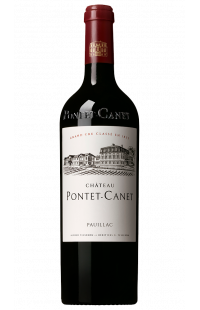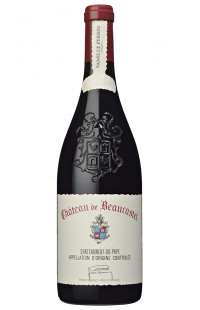- Menu
- All our wines
- Bordeaux
-
Rhône
-
Burgundy
-
Rosés Wines
-
Champagne
- France
-
World
- PRIMEURS
- ORGANIC WINES
Château de Beaucastel
Château de Beaucastel
- Rhône Valley -
Château Beaucastel, located in Courthézon, is an unmissable estate in the Rhone Valley belonging to the famous Perrin family. The vineyard extends over 130 hectares of planted vines, with three-quarters in the Châteauneuf-du-Pape appellation. Jacques Perrin, the emblematic figure of the estate and its history, brought unique know-how throughout his life. Today, his sons Jean-Pierre and François have continued his remarkable work and are preparing to pass on the legacy to the fifth generation of the Perrin family, which is just as promising.


the technical sheet of château de beaucastel
OWNER : Perrin family
CHAI MASTER : Pierre Perrin
GROWING MANAGER : Claude Gouan
PRINCIPAL APPELLATION : Châteauneuf-du-Pape
OTHER APPELLATIONS : Côtes-du-Rhône, Vinsobres, Côtes-du-Rhône-Villages Cairanne, Gigondas, Luberon, Rasteau, Ventoux, Vacqueyras
MAIN GRAPE VARIETIES : Grenache Noir
OTHER GRAPE VARIETIES : White Grenache, Marsanne, Roussanne, Viognier, Black Grenache, Syrah, Mourvèdre, Counoise, Clairette, Ugni blanc, Cinsault, Carignan, Chardonnay
AGE OF VINES : 40 years old
TYPE OF SOIL : Clay and limestone
TYPE OF HARVESTING : Manual
TYPE OF CULTURE : Certified organic
AREA: 100 hectares

the history of château de beaucastel
Château Beaucastel was built in the 16th century, when in 1549, Pierre de Beaucastel decided to buy "a barn with its tenement of land containing 52 acres of land in Coudoulet". Subsequently, the mansion was built with the Beaucastel coat of arms carved into the stone, inside a small salon with a French ceiling.
In 1687, following his conversion to Catholicism, Pierre de Beaucastel was appointed Captain of the City of Courthézon by King Louis XIV. The letter from Louis XIV, also signed by Colbert, is still on display at the property.
In 1909, the estate was taken over by Pierre Tramier, then passed on to his genus, Pierre Perrin, a man of science who gave Beaucastel a real boost. The family business undertook to modernize the estate, introducing new winemaking techniques and planting new grape varieties. Jacques Perrin continued his father's efforts until 1978 to give this wine its letters of nobility.
Over the years, Château de Beaucastel has become one of the most renowned wine estates in the region, producing high-quality wines that are appreciated throughout the world.
Today, the destiny of the estate is in the hands of Jean-Pierre and François, the sons of Jacques Perrin, to continue the magnificent history of Château de Beaucastel. The fifth generation, composed of Marc, Pierre, Thomas, Cécile, Charles, Matthieu and César, also work alongside their parents. Above all, the Perrin family is a family story where its strength comes from the talents of each and every one of them, as well as from shared values such as absolute respect for the land and the terroir, biodynamics as a philosophy of life, and the search for truth, balance and elegance.
Château de Beaucastel,the estate
The terroir of Château Beaucastel, where 100 hectares of vines are planted, is considered one of the most prestigious in the Châteauneuf-du-Pape appellation. It is composed of a bank of marine molasse from the Miocene period, covered with alpine diluvium. This testifies to the time when the Rhône, then a torrent, tore off fragments of rock from the slopes of the Alps and deposited them on the plain.
Beaucastel's microclimate is also an essential factor in the quality of its wines, with low rainfall, magnificent sunshine and spectacular temperature variations. The pebbles in the soil contribute by storing heat during the day and releasing it to the vines at night by radiation. In addition, the Mistral wind, which blows between the very old vines with their gnarled feet, dries and cleans the vines pruned in the traditional goblet style.
The historic vineyard of Beaucastel bears the memory of the thirteen grape varieties of the Châteauneuf-du-Pape appellation: Mourvèdre, Grenache, Syrah, Cinsault, Vaccarese, Counoise, Terret Noir, Muscardin, Clairette, Picpoul, Picardan, Bourboulenc and Roussanne.


the know-how of CHÂTEAU DE BEAUCASTEL
At the property, the grapes are harvested by hand and carefully sorted upon arrival at the winery. The most promising grapes will be preserved and vinified to ensure the maximum quality of the wines. Once the grapes have been completely destemmed, they are vinified in a traditional tank with thermal regulation for 15 days, before being aged in oak tuns.
To highlight the characteristics, flavours and particularities of the 13 historical grape varieties of the Château de Beaucastel vineyard, they are vinified separately. Grenache and Cinsault add warmth, colour and sweetness, while Mourvèdre, Syrah, Muscardin and Vaccarès offer strength, longevity, colour and distinct flavour. Counoise and Picpoul add vinosity, freshness and specific aromas.
Blending skills passed down for generations within the Perrin family, are essential to give the Château's wines their unique character. When the wine is blended, it is placed in oak barrels to age for a year, and only racking can occur to break its rest. The wine then continues to mature slowly in the chateau's cellars until the ideal time for bottling. These bottles are then kept for another year in the château's cellars.
a few CUVÉES from CHÂTEAU BEAUCASTEL
The Château de Beaucastel range is composed of six wines, four of which are Châteauneuf-du-Pape and two of which are Côtes-du-Rhônes.
The cuvée " Hommage à Jacques Perrin ", the prestigious wine of the Château, is produced only during the great vintages in limited quantities, from very old vines of Mourvèdre composed of intensely ripe and concentrated fruits. From an exceptional terroir of rolled pebbles on clay-limestone soils of the Châteauneuf-du-Pape appellation, the first appearance of this vintage was in 1989.
Château de Beaucastel Roussanne Vielles Vignes is considered one of the greatest wines of France. Produced in very small quantities with only 6,000 bottles, this parcel-based cuvée is made from 100% very old Roussanne vines, grown slightly over-ripe. The Roussanne successfully contributes to offering an opulent texture and a magnificent richness, balanced by a remarkable freshness. It offers delicious aromas of white flowers, honey, crushed almonds and citrus zest. The style they seek is more akin to wines from the Rhone Valley than California and they favour balance and finesse.
Coudoulet de Beaucastel is the second wine produced by the estate in the Côtes-du-Rhône appellation. The vines are grown on a terroir composed of Miocene marine molasse, covered with rolled pebbles, which has an obvious similarity to the vineyards of Châteauneuf-du-Pape. This wine is composed of a blend of Mourvèdre, Grenache, Syrah and Cinsault according to biodynamic viticulture. We find a delicate nose as well as a generous mouth, always fruity and velvety.

